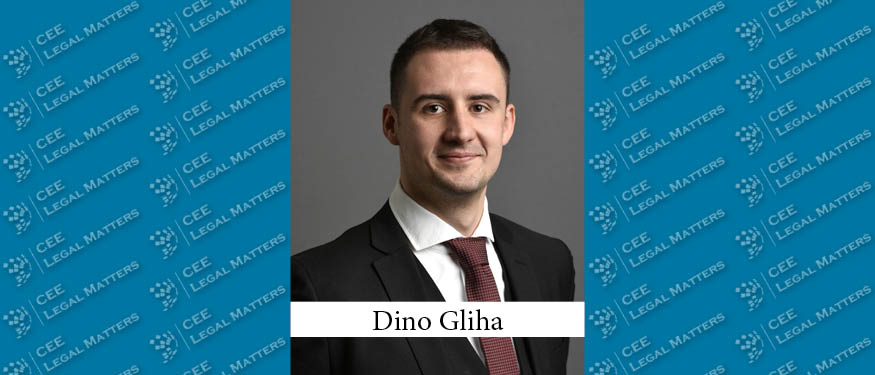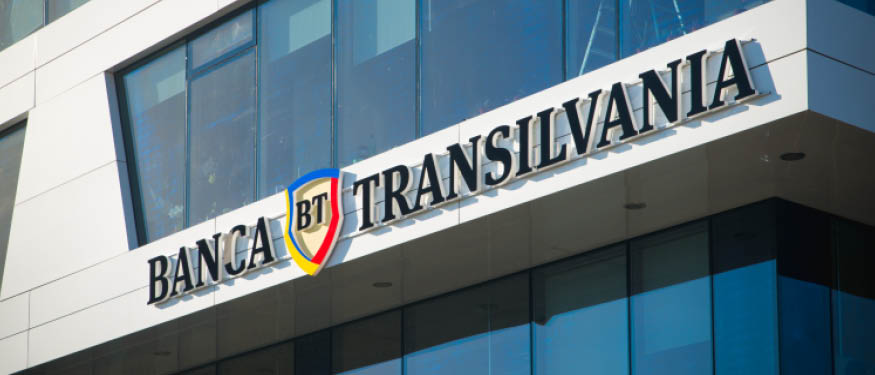For the past five years the financial market in Slovenia has been characterized by a process involving the selling of non-performing loan and leasing receivables (“Receivables”), mostly to foreign investors. According to information published by the Bank of Slovenia, Slovenian banks still have approximately EUR 1.5 billion of non-performing loans on their balance sheets, and we expect to see more of these loans being sold in the next two years.
Until now, receivables were mostly sold in the form of a “true sale” or a synthetic transfer.
Securitization can be described as the sale of financial assets (e.g. loans) to a bankruptcy remote special purpose vehicle (“SPV”), which raises funds from investors by issuing securities which generate returns on investment from the cash flow out of the underlying financial assets.
The benefits of securitization include: (i) the freeing up of bank capital, allowing banks to extend new loans to the real economy; (ii) off balance sheet funding; (iii) lower capital requirements; (iv) profit on sale; and (v) investments being made available to a wider pool of investors.
The reputation of securitization was severely tarnished during the great financial crisis. The December 2017 passing of the new EU Regulation on Securitization, however, which will come into effect on January 1, 2019 (the “Regulation”), has significantly increased the interest of investors and banks in the process.
One of the key purposes of the Regulation is to re-establish securitization in the European market by ensuring a stable regulatory environment. This should enable a simple, transparent, and standardized securitization process to develop, which in turn would increase investor trust. It aims to clearly define the roles of all parties involved, assure accurate and reliable information for the assessment of risks, and establish transparency during the transaction.
Some of the regulatory aspects that would have to be considered in the securitization process have already been identified by the Slovenian legislator.
Pursuant to the Consumer Lending Act an investor must obtain a consumer-lending license in order to validly acquire consumer Receivables. The Consumer Lending Act introduced an exemption to this rule in Article 23(4): In the event of consumer Receivables being transferred from a bank to an SPV for the purposes of securitization, a consumer-lending license is not required.
If no new loans are granted, a banking license is not required either.
The Regulation contains measures that ensure the SPV discloses specific information to the investors before they acquire the securities and during the time of the investment, thus allowing the investors to properly assess the associated risks. When disclosing information on Receivables, the issue of banking secrecy has to be considered.
The Slovenian Banking Act does not contain any explicit exemption on disclosing information that falls within the scope of banking secrecy for the purposes of securitization. However, Article 126(5) of the Banking Act does define an exemption that allows disclosure of information that falls within the scope of banking secrecy if such disclosure is required in order to carry out negotiations to execute or fulfill any agreement which a bank enters into within the scope of its standard banking activities.
In our view, a solid argument can be made that disclosure of information in the securitization process – i.e., when Receivables are transferred to the SPV and from the SPV to investors – should be treated as an exemption as defined in Article 126(5) of the Banking Act because: (i) transfer of loans to the SPV and investment in securities issued by the SPV should be considered as one transaction (securitization); (ii) securitization should fall within the scope of standard banking activities; and (iii) disclosure of information to investors is required by the Regulation to enable execution and fulfillment of the agreement on acquiring the securities.
With this recent increased interest and new developments in the area of securitization, and with adequate supporting regulations in place, this could eventually evolve into a stepping-stone on the path towards a more capital markets-based financing in Europe. In the current environment of increasingly stringent banking regulation, securitization could become an increasingly attractive instrument.
By Maja Zgajnar, Partner, and Maja Sipek, Associate, CMS Slovenia
This Article was originally published in Issue 5.2 of the CEE Legal Matters Magazine. If you would like to receive a hard copy of the magazine, you can subscribe here.

















